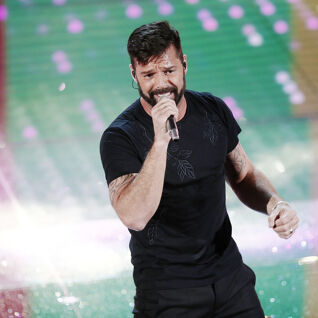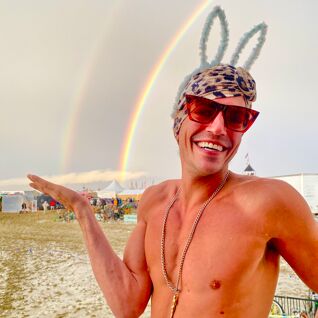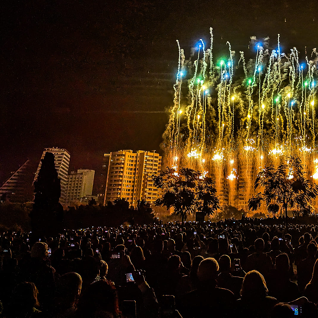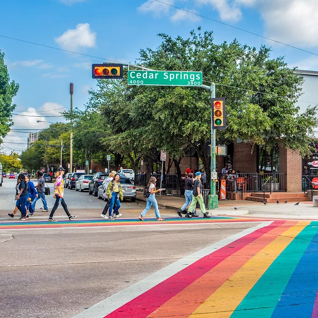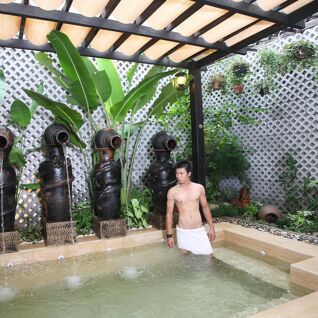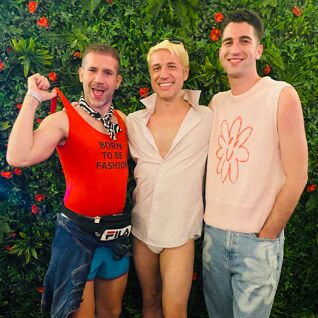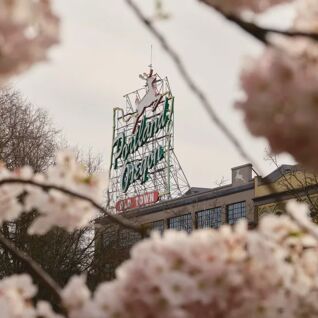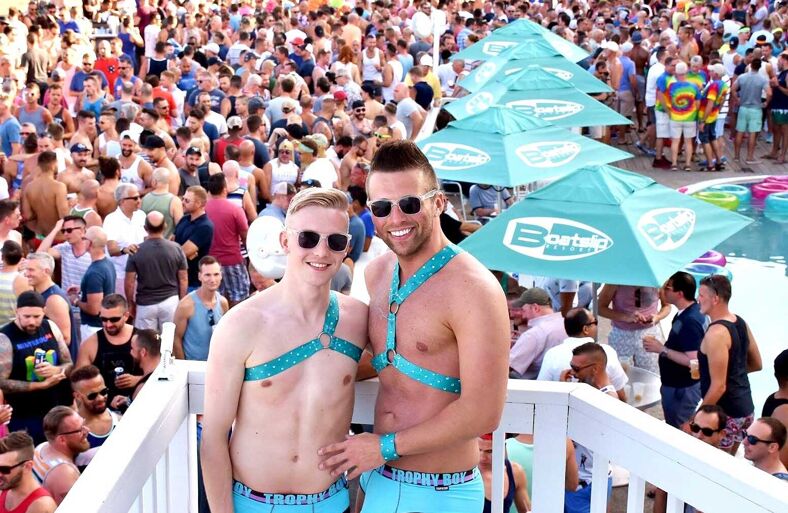
Picture it: Fire Island, 1962, early Sunday afternoon, nearly 50 miles east of a proverbial young Sofia Petrillo in Queens, a group of grown men are shimmying on the dance floor or following steps in a line dance. Getting down to the Hully Gully, except instead of alcohol, they’re toasting with tea at one of history’s famously queer tea dances.
You might consider booze, dancing, and touching synonymous with queer social life, but for gay men of the time, it could’ve gotten them beaten or locked up. The tea dance came to fruition as a safe way for LGBTQ+ people to mingle, and it remains an important symbol that the pursuit of love won’t diminish even during the most homophobic times.
Care to have a dance with the history of this gay phenomenon? Here’s all the tea…
What Is a Tea Dance?
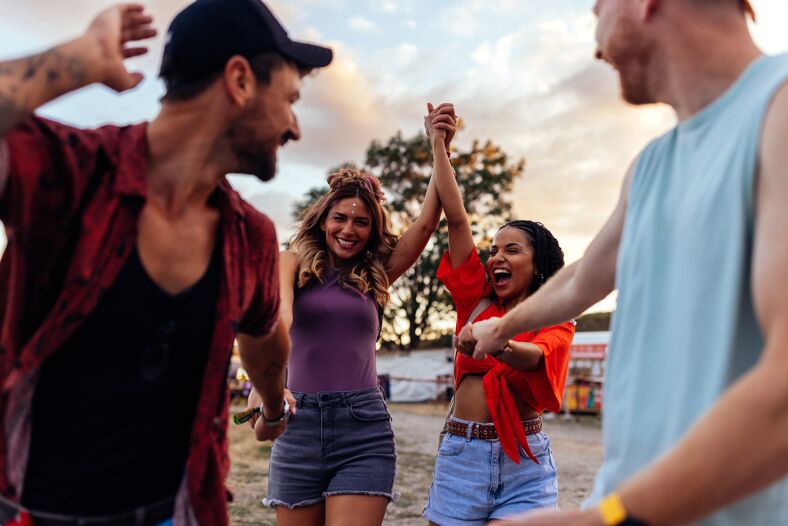
A tea dance was a gathering organized for singles to respectfully meet and interact, either with snacks (“low tea”) or a full meal (“high tea”). They were all the societal rage from the late 1800s to the pre-WWI era in America and England. A tea dance carried the vibes of happy hour, except in the early afternoon sans alcohol, which made them acceptable to a public opinion that slut-shamed showing your knees.
Although tea dance culture fell from popularity once the nineteenth century rolled around, and especially after Prohibition, it found its way to the LGBTQ+ community. Needing a creative way to socialize without the scandal of contemporary nightlife, tea dances again rose in popularity.
The history of tea dances in LGBTQ+ culture
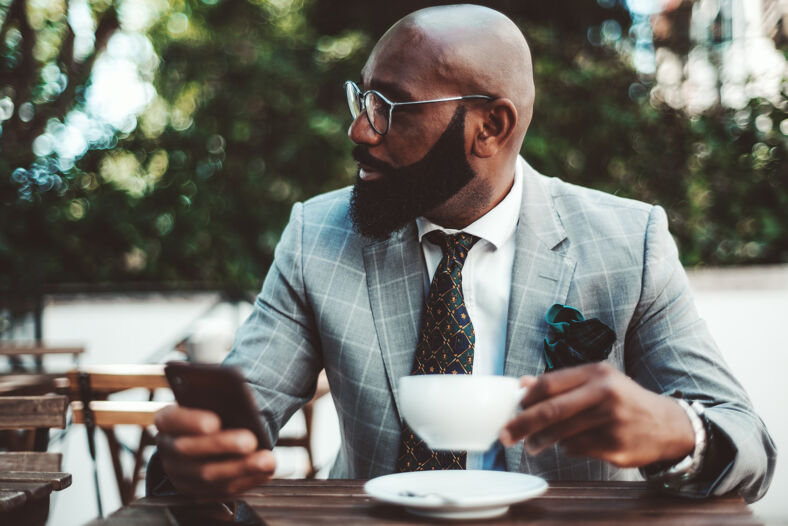
During the 1950s, it was illegal for bars to knowingly serve homosexuals or for people to dance with the same gender.
At the same time, Fire Island was establishing itself as a gay hideaway resort town, a ferry away from the harassment of the New York Police Department.
Thus, queer tea dance parties began on the Pines and Cherry Grove and then spread nationwide. Fire Island hosted them daily at their peak, but Sunday early afternoon was the most popular occasion. People could return home to New York by evening for work the next day. LGBTQ+ folks still love their Sunday Funday for similar reasons.
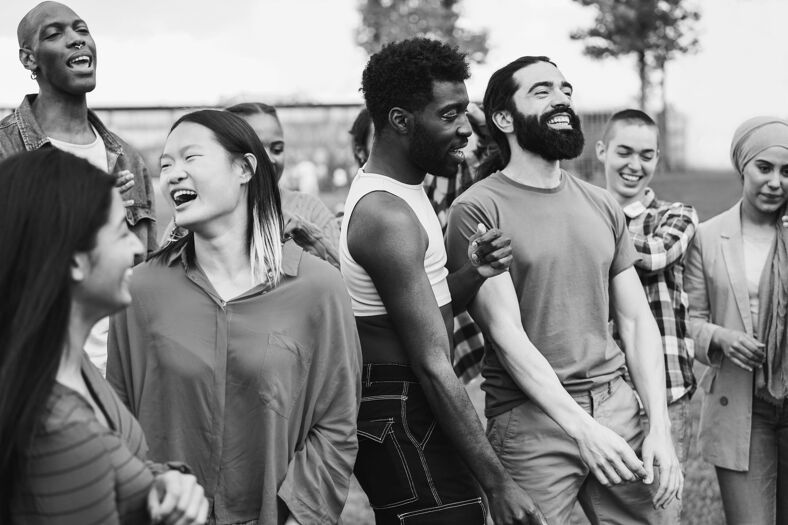
This is not to say tea dances were always a safe space, but they significantly helped reduce the risk of danger from authorities. The venues couldn’t be accused of serving alcohol to homosexuals, and the absence of alcohol raised fewer eyebrows.
However, police raided tea dances hoping to catch same-sex dancing or promiscuity. They would hound queer venues as a way to meet their monthly arrest quotas, including chaining gay men to poles. Gay and lesbian dancers would quickly swap partners upon the first sign of law enforcement.
As tea dance culture spread beyond the wealthy gays of Fire Island to other gay socio-economic classes in the city, they referred to them as t-dances and approached them more causally.
Modern-day tea dances

As the US decriminalized gayness bit by bit, the LGBTQ+ community built its own version of nightlife; however, tea dances continue to happen today to pay tribute to legacy or as a fun theme for celebrations, though these days, alcohol is more likely to be served than tea.
In fact, you can find queer event organizers keeping the historic soirée alive across America. You can find them adapted to a diversity of tastes and occasions, from wild parties in Fort Lauderdale to the White Party in Palm Springs.
Find a tea dance near you
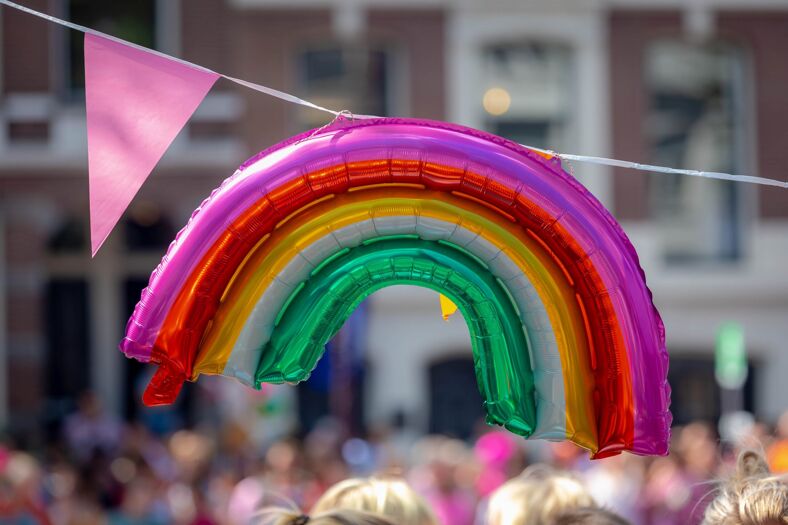
Although tea dances are not a staple in modern culture, the theme is expressed across all sorts of gay happenings, including parties, festivals, fundraisers, and by gays with too much time on their hands (kidding).
Of course, you can bet we know where you can find the best tea dance parties; we know nothing if not where the gays are having fun.
Related:
Let’s dance!
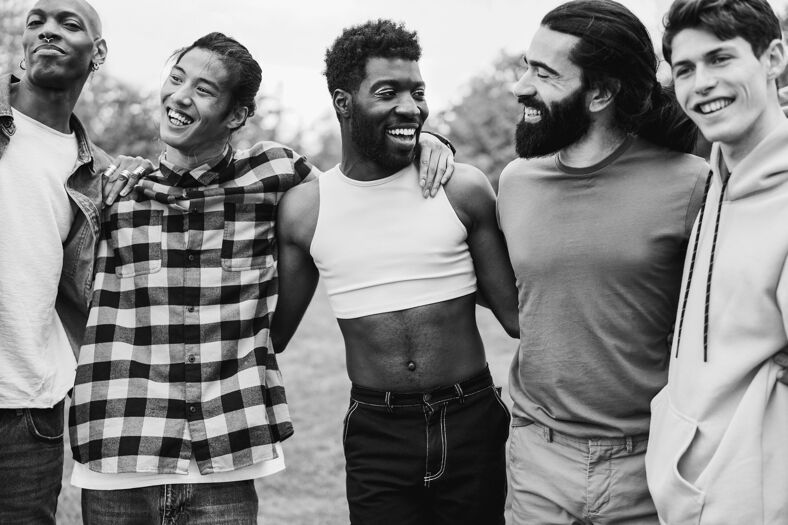
If you can’t imagine living without your queer community, history agrees. That’s why LGBTQ+ people always found a way to congregate, even when it made them outlaws.
Of course, there were public parks for cruising and other underground ways gay men found each other, but tea dances burgeoned out of the necessity for queerness to see and be seen – for gays to socialize and dance with other gays, to find love if you’re lucky.
Ultimately, gay nightlife today might seem to revolve around booze, pop stars, drag, and go-go boys, but tea dances prove the root of our fun stems from the company of each other.
Yes, corny, but a fact so timeless it comprises being human.
Still thirsty for tea? Subscribe to the GayCities newsletter to experience the best gay happenings worldwide. Pictures, too.





